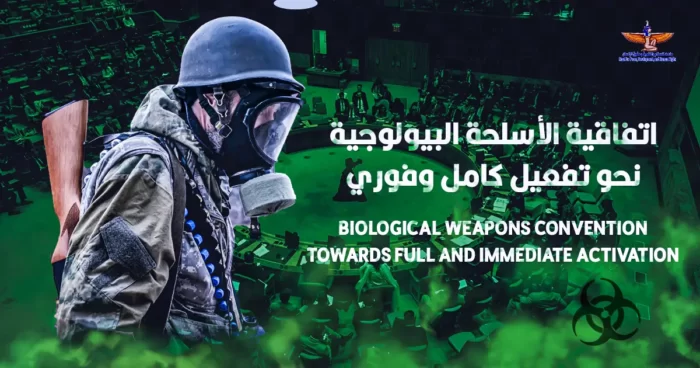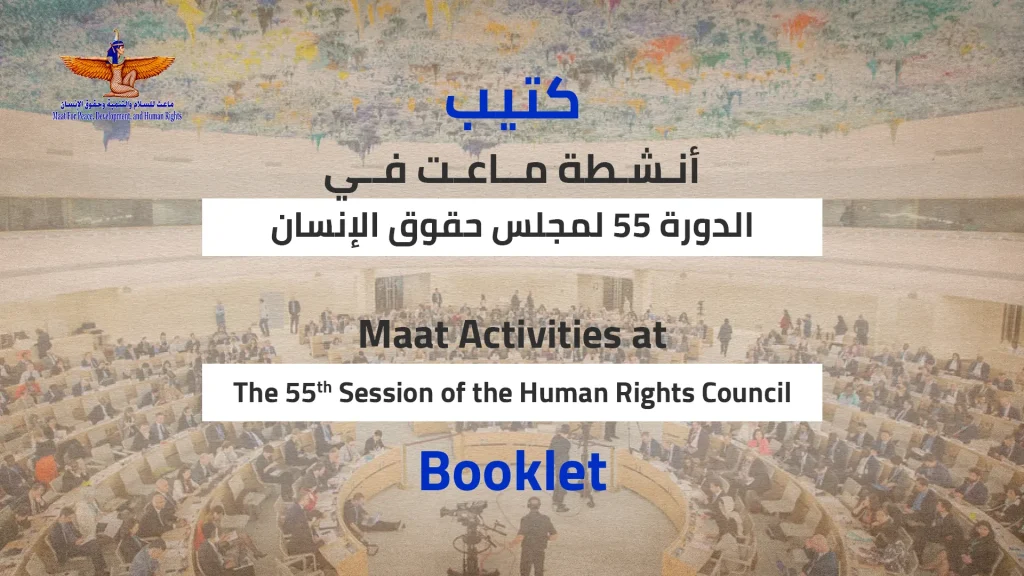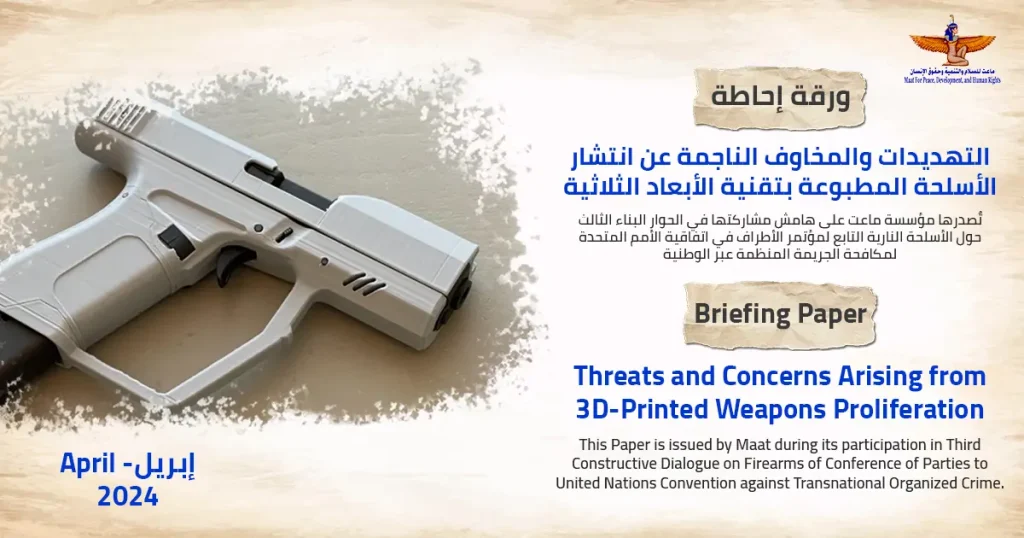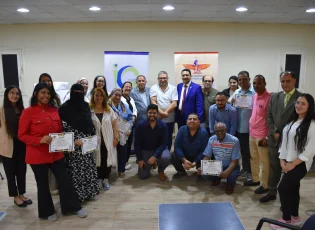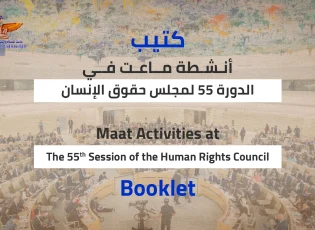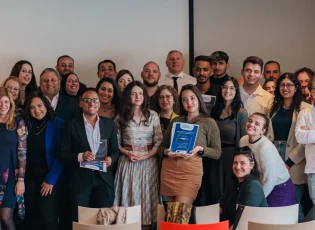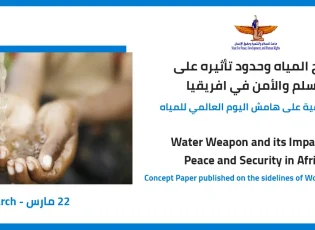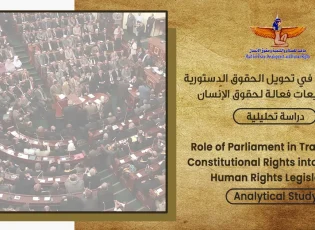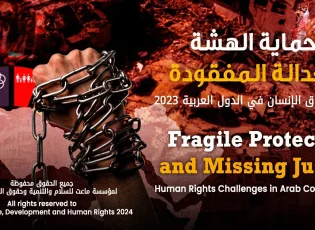Introduction
Biological weapons are the second most dangerous weapons of mass destruction (WMD). After the Coronavirus pandemic, biotechnology witnessed a boom and biological laboratories have increased, taking a remarkable leap forward in microbiology. Some believe that biological weapons are now more powerful than nuclear weapons, as they have become a real threat to states.
Biological weapons are the deliberate use of disease-causing organisms, plants or toxins to spread pandemics and fatal diseases among humans, animals, and crops. Biological weapons are responsible for the large-scale outbreaks and dreadful attacks. They are produced at a lower cost, compared to other WMDs, are hard to be detected by regular defense systems, and are easily transported from one place to another. Awareness of the danger of using biological weapons has increased, especially in recent years, after they have been used for fighting terrorism. For example, on March 20, 1995, members of the cult movement, Aum Shinrikyo, entered the Tokyo subway system and released sarin, a deadly nerve gas, killing 12 people and badly affecting the health of nearly a thousand others.
Because of the dreadful consequences of these weapons, discussions were held politically and internationally, to ban hazardous biological activities worldwide. Therefore, countries took the initiative to hold conferences in order to dismantle programs of weapons of mass destruction of all kinds. The two most important international declarations on the prohibition of biological weapons were the Brussels Declaration of 1874, and the Hague Declaration of 1899. The meetings and negotiations continued until the 1972 Convention on the Prohibition of Biological Weapons was approved in Geneva, Switzerland, which prohibited the development production and stockpiling of bacteriological and toxin weapons. This Convention entered into force in 1975. The agreement also included the prevention of the use of biological materials for peaceful or defensive purposes and the development of scientific scouting in the field of biology to prevent the spread of epidemics.
Therefore, within the framework of their interest in the work of the Ninth Review Conference of the Biological Weapons Convention, Maat for Peace, Development and Human Rights and the Global Coalition for the Limitation of Armaments (GCLA) wish to present their joint vision of the Convention on the Prohibition of the Production and Transfer of Biological Weapons through a number of axes: -
- What are Biological Weapons?
- The legal framework governing the prohibition of the production and use of biological weapons.
- The impact of biological weapons on international peace and security.
- Biological weapons and sustainable development.
- The role of civil society in raising awareness of the threat of biological weapons.
- Maat and the GCLA vision of the Biological Weapons Convention.

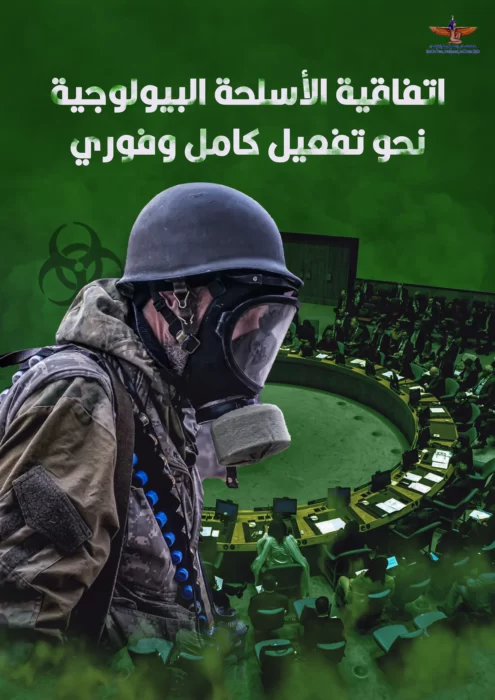 |
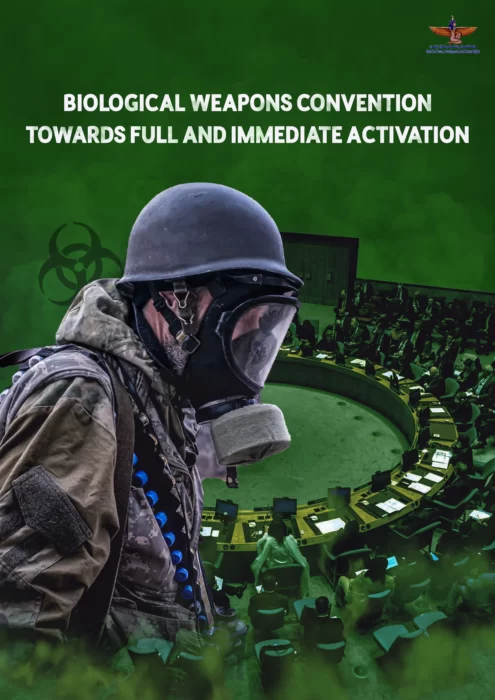 |


